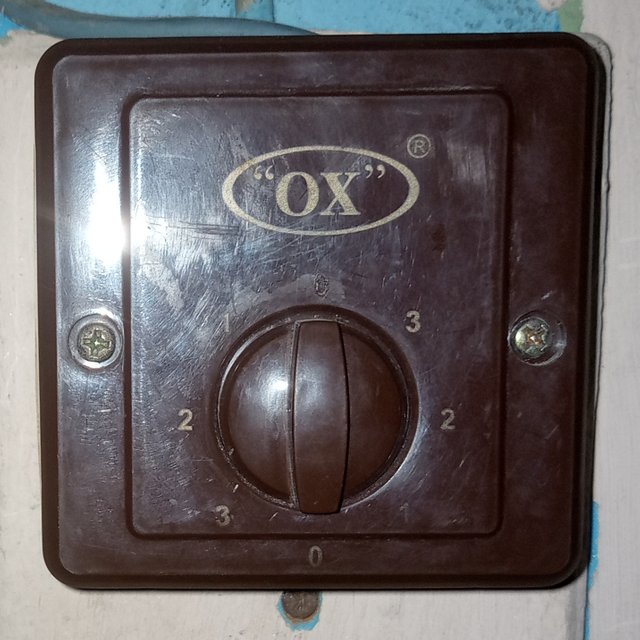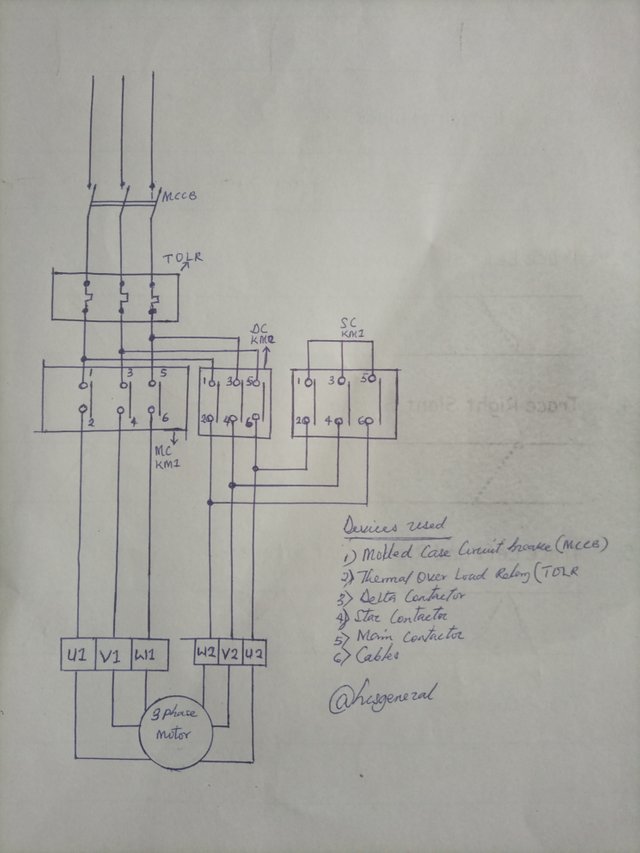Good, everyone; I am glad to be bringing this publication to us at this point. Taking part in the class was quite educating, interesting, and fun and I hereby present my entry, so let's begin...
 Source Source |
|---|
Two differences between current and voltage:
1. Direction of Flow:
- Current: Undergoes electron flow, that is, it flows from negative terminal to positive terminal.
- Voltage: Refers to the potential variation between two points and doesn't flow in a particular direction.
2. Effect and Measurement:
- Current: Is measured in amperes (A), and with the effect of transferring energy via a circuit such as lighting a bulb.
- Voltage: Is measured in volts (V), and with the effect of pushing or driving electric current via a circuit such as the "pressure" that pushes water through a hose.
Two differences between Alternating Current (AC) electricity and Direct Current (DC) electricity are:
1. Direction of Current Flow:
- AC Electricity: Depending on the frequency, the direction of the flow of current cyclically changes, usually 50 or 60 times per second.
- DC Electricity: The direction of flow of current stays constant, flowing from the positive terminal to the negative terminal.
2. Transmission and Application:
- AC Electricity: Very suitable for long-distance transmission as a result of its capacity to be transformed to high voltages, mitigating loss of energy. Usually employed in households, industries, and businesses.
- DC Electricity: Normally employed for low-voltage applications like electronic devices, renewable energy systems (solar panels for example), and automotive systems. Not suited for long-distance transmission as a result of loss of energy.
The differences between the AC motor and DC motor are shown in the table below:
| Powered by alternating current electricity | Powered by direct current electricity | |
| Have stationary (stator) and moving (rotor) parts. While the stator connected to the AC power source, the rotor is connected to the load | Have stator as the stationary part and armature is the moving part. While the stator is connected to the DC power source, the armature is connected to the load | |
| Functions on the electromagnetic induction principle | Functions on the electromagnetic attraction and repulsion principle | |
| Controlled by the use of variable frequency drives (VFDs) or by the adjustment of the AC power supply frequency and voltage | Controlled by the use of variable resistor or by the adjustment of the DC power supply voltage | |
| Commonly utilized in industrial applications like conveyor belts, fans, and pumps | Generally utilized in applications requiring low voltage and high torque like robotics, electric vehicles, and medical equipment |
Furthermore, although AC motors are controlled by the use of VFDs, they are more complex to control than DC motors. In addition, AC motors are commonly more effective than DC motors, specifically at high speed. AC motors also are generally cheaper than DC motors.
Two main differences between these starters are:
Starting Method: While DOL starters have the motor directly connected to the power supply, Star-Delta starters, during starting, make use of a star configuration and thereafter switch to a delta configuration. But Forward-Reverse starters can have the motor started both in forward and reverse directions.
Control and Protection: DOL starters make provision of simple on/off control, while Star-Delta starters make provision of mitigated inrush current course of starting. Forward-Reverse starters make provision of control and protection for each of the forward and reverse directions.
 1 Gang 13A Switched Socket Outlet 1 Gang 13A Switched Socket Outlet |
|---|
 10A 2 Way 2 Gang Light Control Switch 10A 2 Way 2 Gang Light Control Switch |
|---|
 Ceiling Fan Control Switch Ceiling Fan Control Switch |
|---|
 10A 3 Gang 2 Way Light Switch 10A 3 Gang 2 Way Light Switch |
|---|
 4 Way Single Phase Consumer Unit Distraction Box 4 Way Single Phase Consumer Unit Distraction Box |
|---|
 2P100A Knife Changeover Switch Gear 2P100A Knife Changeover Switch Gear |
|---|
From the motor shown in the class, the specifications are as follows:
- KW= 45.0
- HP = 60.0
- RPM = 2960
- Ampere = 76.0
- Voltage = 415
- Hz = 50
- PF = 0.89


The lesson was educating and enjoyable. Thanks for coming along with me, I am inviting @saintkelvin, @gbenga01, and @alli001
Congratulations, your post has been upvoted by @scilwa, which is a curating account for @R2cornell's Discord Community. We can also be found on our hive community & peakd as well as on my Discord Server
Felicitaciones, su publication ha sido votado por @scilwa. También puedo ser encontrado en nuestra comunidad de colmena y Peakd así como en mi servidor de discordia
Downvoting a post can decrease pending rewards and make it less visible. Common reasons:
Submit